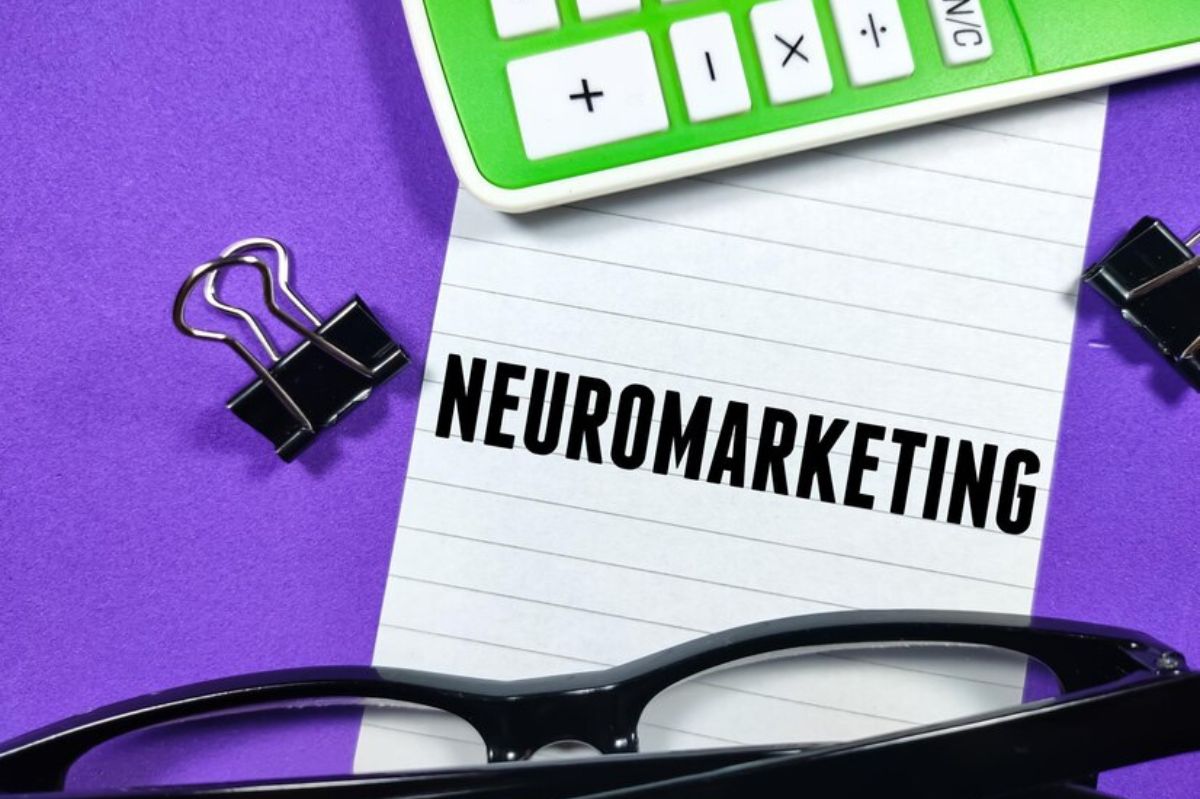Neuromarketing E-Commerce How Our Brain Works

Do you know what Neuromarketing is? Why does it sell more? Above all, do you know how to apply it to your e-commerce? This discipline was initially born quietly and gradually developed, embracing the business world. Today, more and more professionals and companies are considering it in their online and offline commercial strategies. Therefore, in addition to seeing what Neuromarketing is, in this guide, we will analyze what it is for and the reasons that promote its massive use to increase your e-commerce sales.
Table of Contents
Exploit Neuromarketing to sell more when it works.
Marketers have now openly declared that to reach consumers, they must connect with their feelings.
Conveying values and emotions is the key to receiving positive feedback towards the product or brand. All this is known as emotional marketing, in which techniques such as storytelling are often used to reach the potential customer, touching their most sensitive fibre. Through a story, the brand becomes the “outline” and not the plot’s protagonist.
Neuromarketing was born precisely from this trend.
If you would like to learn more about how to manage best lead generation and what the tools are, start here:
What is meant by Neuromarketing
Neuromarketing defines the science that investigates and studies how the brain behaves in a purchasing process.
So, the use of neuroscience research methods for marketing is called Neuromarketing.
This science aims to study how the brain reacts to an advertising campaign for a product, for example, or to any stimulus related to advertising.
But what exactly does Neuromarketing measure? This science focuses on three key aspects: attention, emotion and memory.
After several developments in neuromarketing research, discoveries and advances have been made involving subconscious and consumer decisions, quality and purchasing behaviour, and branding choices.
The goal is to capture the user’s attention with an advertisement.
So, convey an emotion during the ad and finally show the product at the right time so that you can remember it once the ad is over.
Unconscious and purchases: what are the levers to exploit?
Neuromarketing uses a neurological approach to determine the driving force behind consumer choice.
But what drives us in our brains to make the final purchase decision? Is it reason, or is it about emotions?
We often buy because a reason or a necessity moves us: we need something, the price is acceptable, and we take it.
But, other times, we don’t need that product; we can live without it, yet we fall into that persuasive power of the brand, just “unconsciously”.
Using magnetic resonance imaging, researchers imaged the brains of individuals to reveal how they responded to particular ads or articles.
All these analyses and modern scientific instruments have made it possible to obtain measurable and verifiable results (preferably in controlled contexts, such as in laboratories).
Thanks to these techniques, we can know, for example, that almost 69% of purchasing decisions are unconscious and that they respond to basic impulses in our brains.
Neuromarketing revolves around the idea that the unconscious almost entirely dictates consumers’ choices towards certain products or certain brands.
Science has identified important brain parts relevant to processing products, prices, advertising and retail brands.
However, it is crucial to interpret the neural activation pattern with caution because, in different environments, the activation of a specific neural area can have different meanings.
Among the types of Neuromarketing are visual, auditory, or kinesthetic.
Visuals take on particular importance for e-commerce marketing as they focus on how we perceive everything before our eyes.
A classic example is linked to the widely used lever to make the price of a product clearly visible and sell it for xx.99.
This psychological technique helps the potential customer see the lowest price. Something that is priced at 9.99 euros will not affect the consumer like the price of 10 euros.
Sometimes, a penny can be the motive to get more sales!
Why does Neuromarketing work on your e-commerce?
Well-used Neuromarketing is an excellent sales tool!
We have already said that this discipline focuses on studying some basic mental processes, such as attention, perception and memory.
As we already know, shopping has a large component dictated by emotional drive.
Now, those emotional stimuli often escape our reason; that is, sometimes, we make unconscious purchasing decisions.
Therefore, by knowing how to reach our customers to influence their decisions more unconsciously, we can sell our products without the need to appeal to other more “logical” purchasing reasons.
In the almost unconscious decision-making process, your online shop will have to exploit and apply neuromarketing techniques and try to sell more.
There is a whole series of very complex causes that motivate these facts.
This provides a neurological foundation for experiential sales.
Therefore, developing a marketing strategy based on knowledge of the functioning of the human brain and behaviour in certain situations will undoubtedly contribute to increasing the sales of your online store.
So, for your e-commerce to take its steps towards Neuromarketing, you will have to:
- Optimize the customer’s purchasing experience ( customer experience ) by displaying images and products with an emotional and not purely product-related tendency;
- uses the rule of scarcity and immediacy to stimulate purchasing;
- Uses a graphic template that generates calm because too much confusion or moving objects attract the primary stimuli of attention;
- Uses the gift method, giving away sample products that make this stimulus indebted to the customer who has benefited from it;
- Exploits the imitation method in choosing through feedback from other customers who have chosen one product rather than another.
This is taken as a given that the decision-making processes of a potential customer (prospect) are sometimes not dictated by reason but are mainly carried out unconsciously.
Companies that apply Neuromarketing are constantly trying to promote information about theirs.
Neuromarketing in lead generation
Even in lead generation, Neuromarketing can increase the contacts generated.
When creating a landing page or squeeze page to promote a service or product, leverage the methods above.
But we will describe some more ideas later. Our brain often fails to make decisions due to some biases.
Cognitive biases prevent us from making completely rational decisions.
A cognitive bias can be defined as: “a predictable pattern of deviation from logical reasoning”.
Here are the main ones:
- Bias Anchoring, using a comparative value to make a decision, especially in pricing tables;
- Loss aversion bias, as we are more likely to lose something than gain something;
- Bias illusion of truth, where the continuous repetition of a message makes one believe that it is true;
- Isolation bias: always highlight your CTAs in the same way as the rest to increase the likelihood of being remembered.
Science will certainly not stop studying our brains to find marketing solutions that can influence us.
Also Read : E-commerce Trends 2024
